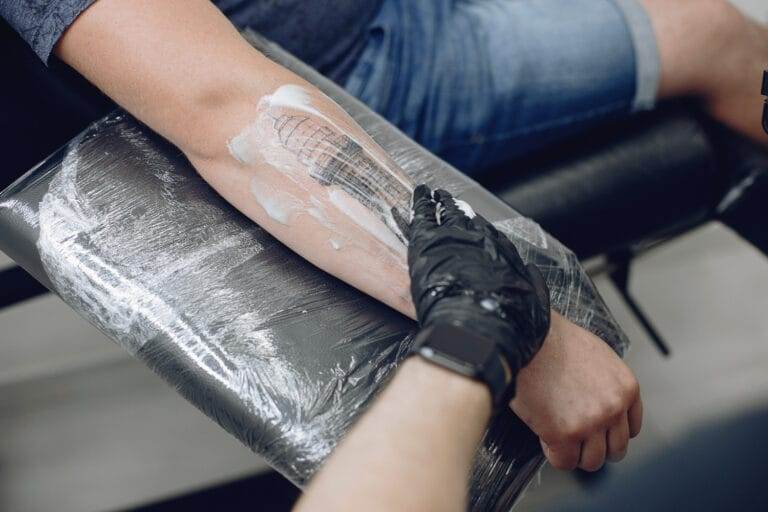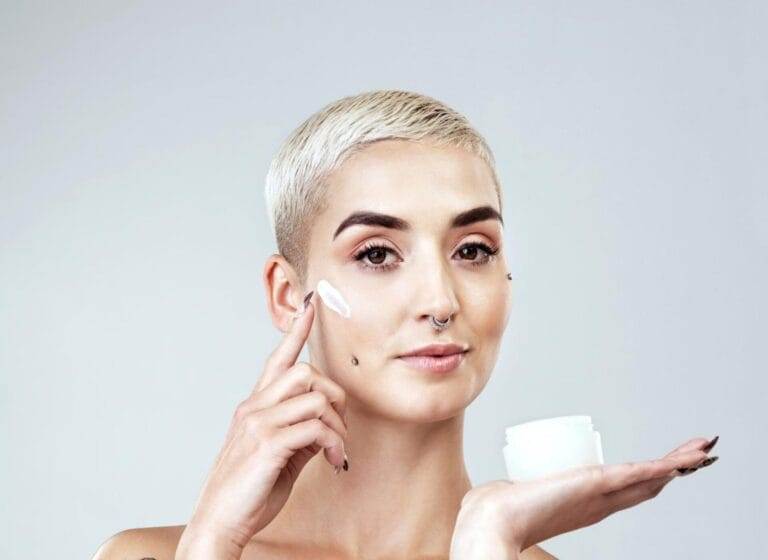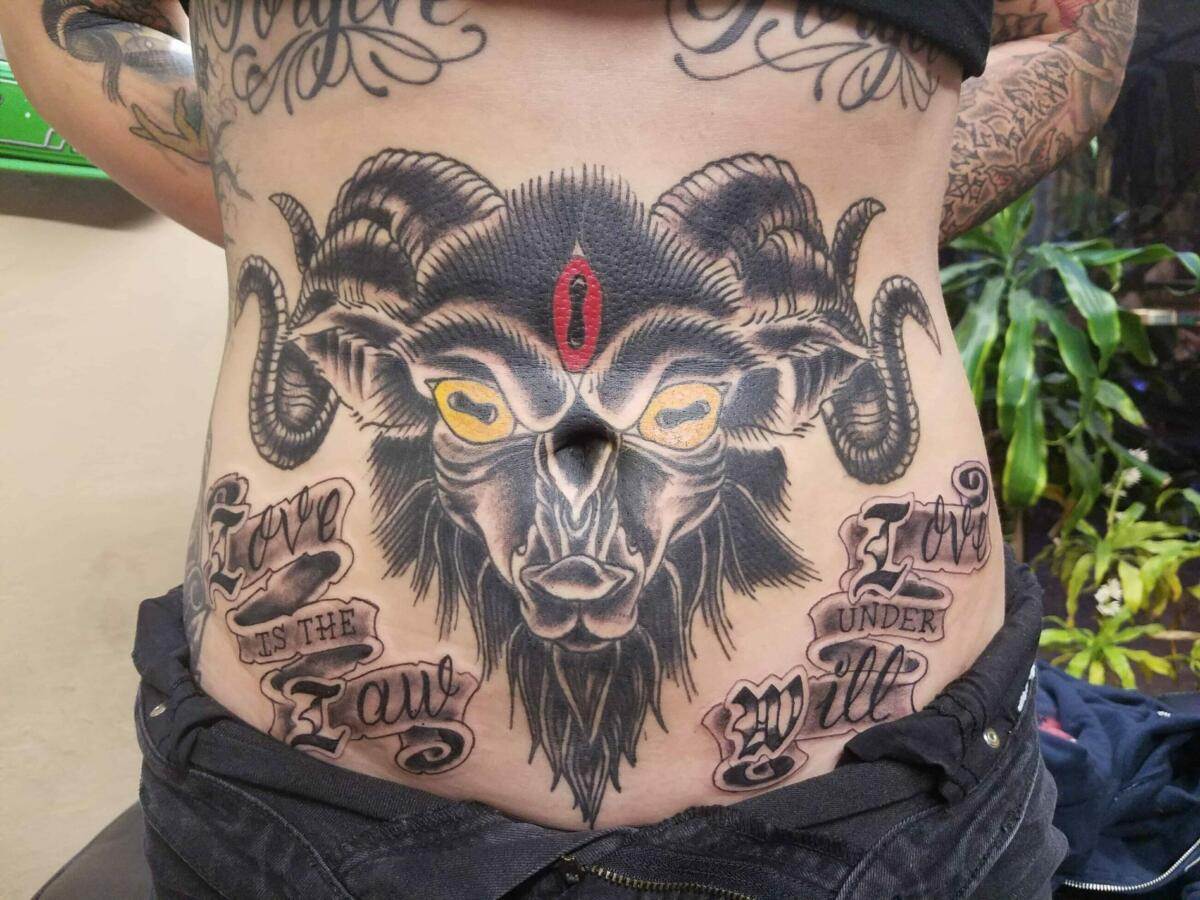
Introduction
Tattoos have evolved from mere symbols of rebellion to profound expressions of art and identity. Today, two popular styles stand at the forefront of tattoo culture: realism and traditional. Both styles possess distinct characteristics that can profoundly influence an individual’s choice of body art.
Setting the Scene
Imagine walking into a bustling tattoo studio. You witness people excitedly discussing their ideas, flipping through portfolios, and checking out various designs. The air is alive with anticipation, reflecting the significance tattoos hold in our society.
- Are you gravitating towards the intricate detail of realism tattoos?
- Or does the bold aesthetic of traditional tattoos beckon to you?
Understanding these styles will not only enhance your tattoo experience but also help you select a piece that resonates with your personality. In this article, we’ll dive deeply into the nuances of realism and traditional tattoos, providing you with the insights needed for a well-informed decision.
Understanding Realism Tattoos

As we delve into the world of realism tattoos, it’s essential to appreciate their roots and distinctive features that make them so popular today.
A Brief History
Realism tattoos emerged in the late 20th century, drawing inspiration from the realism art movement, which sought to portray subjects as they appear in real life. Artists like Nikko Hurtado and Paul Acker have played pivotal roles in popularizing this art form, pushing the boundaries of detail and shading.
- Initially confined to specialized studios, realism tattoos have now infiltrated mainstream culture.
- They reflect not just skill, but also a story behind each piece, often memorializing loved ones or encapsulating personal experiences.
Key Features
What sets realism tattoos apart? Here are some hallmark characteristics:
- Intricate Detail: Artists use advanced techniques to replicate lifelike textures.
- Depth and Dimension: Shading plays a crucial role, making the design appear three-dimensional.
- Color Variations: A wide array of hues contributes to the tattoo’s lifelike appearance.
These elements combine to create stunning visual narratives on the canvas of your skin, providing a personal touch that transcends conventional body art.
Exploring Traditional Tattoos
Transitioning from the intricate world of realism, we come to the bold and vibrant realm of traditional tattoos. This style not only has a rich history but also plays a crucial role in cultural identity and storytelling.
Origins and Cultural Significance
Traditional tattoos have roots that stretch back centuries, often associated with various cultures worldwide. For instance, Polynesian tattoos convey social status, heritage, and life milestones, while Sailor tattoos emerged as symbols of bravery and resilience among seafarers.
- Each design has a tale to tell, connecting the wearer to their roots.
- Cultural rituals often accompany these tattoos, highlighting their significance in rites of passage.
Design Elements
What makes traditional tattoos stand out visually? Here are some core design elements:
- Bold Outlines: Thick lines define shapes, creating striking contrasts.
- Vibrant Colors: Bright hues enhance visibility and depth.
- Symbolism: Common motifs include anchors, roses, and skulls, each with profound meanings.
These elements create timeless pieces that resonate with generations, embodying stories and traditions that live on through the canvas of the body.
Factors to Consider
Now that we’ve explored both realism and traditional tattoos, it’s important to consider several key factors before making a choice. After all, a tattoo is not just an image; it’s a commitment that carries personal significance.
Personal Preferences
First and foremost, think about your style and what resonates with you. Reflecting on your lifestyle, consider asking yourself:
- Do you prefer intricate details or bold, simple designs?
- Is there a specific theme—a personal story or cultural aspect—that you want to represent?
Placement of the Tattoo

Where you want your tattoo can dramatically affect your choice. For instance:
- Realism tattoos often benefit from larger, visible areas like the back or thigh.
- Traditional tattoos can be versatile and suited for any part of the body, even smaller areas like the wrist.
Long-term Commitment
It’s crucial to remember that tattoos are permanent. Think ahead:
- Will the design still resonate with you years down the line?
- How might your professional life be affected by visible tattoos?
These considerations are vital to ensure your tattoo is a true expression of your identity—one you’ll cherish for a lifetime.
Realism vs. Traditional: Design Techniques
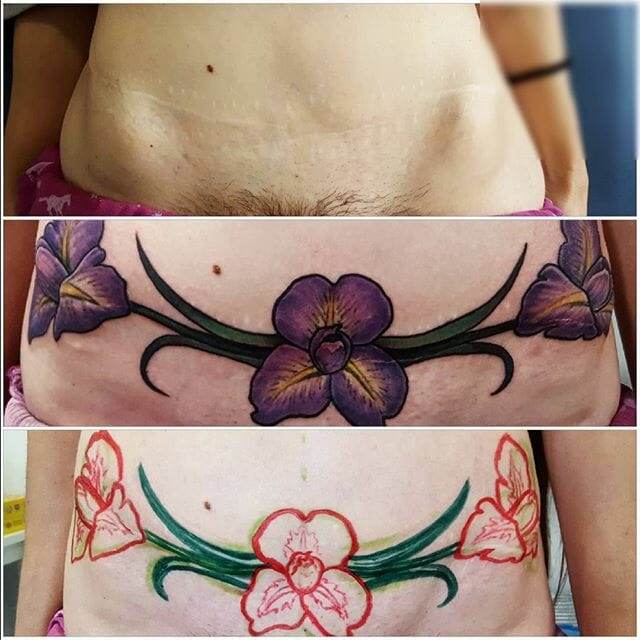
As we navigate the intricate landscape of tattoo artistry, one of the most striking contrasts lies in the design techniques employed by realism and traditional tattoo styles. Both approaches offer unique pathways for self-expression, each celebrating artistry in its own way.
Techniques in Realism Tattoos
Realism tattoos are all about precision and attention to detail. Artists utilize advanced techniques to achieve lifelike images. Key methods include:
- Layering: Building depth through multiple ink layers to capture shadow and light.
- Blending: Seamlessly transitioning colors ensures a smooth, realistic texture.
- Photorealism: Many artists reference photographs to replicate every nuance accurately.
Techniques in Traditional Tattoos
In contrast, traditional tattoos rely on bold, graphic elements that tell a story. Here’s what sets their techniques apart:
- Bold Line Work: Thick outlines provide structural integrity and visibility.
- Color Blocking: Solid, vibrant colors help create striking designs that stand the test of time.
- Symbolic Imagery: Traditional tattoos focus on recognizable motifs, embodying cultural significance.
By understanding these techniques, individuals can better align their artistic preferences with the style that speaks most to them.
Color Palette Comparison
Following our exploration of design techniques, the role of color in realism versus traditional tattoos merits a closer look. Color choices can profoundly impact the aesthetic and emotional resonance of a tattoo, making it a vital aspect of your decision.
Color in Realism Tattoos
Realism tattoos often harness a broader spectrum of colors to replicate lifelike appearances. Here are some key characteristics:
- Subtle Shading: Artists blend colors to create shadows and highlights, mimicking natural light.
- Complex Palettes: Multiple hues are layered to achieve depth, making the designs pop with dimension.
- Skin Tones: Realistic depictions can incorporate various skin tones, enhancing the tattoo’s connection to the wearer.
Color in Traditional Tattoos
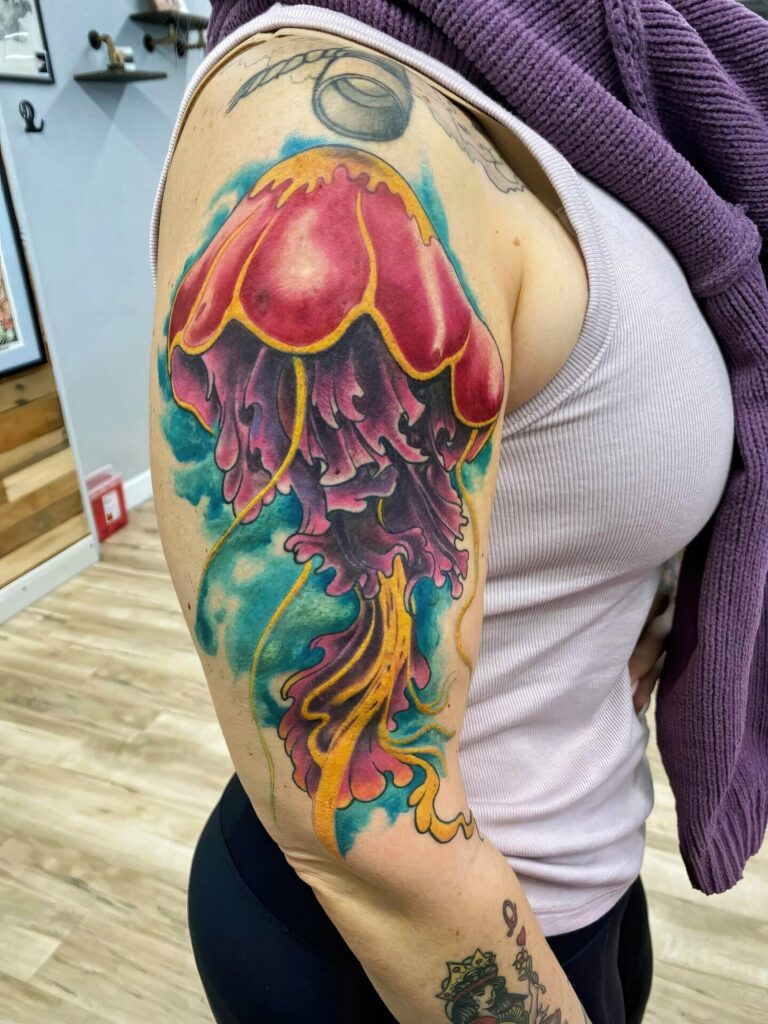
Conversely, traditional tattoos favor a more straightforward and bold approach to color:
- Vibrant Primary Colors: Bright yellows, reds, and blues are staples, ensuring visibility.
- Limited Palette: Traditional designs often use a select few colors to convey meanings without overwhelming complexity.
- Contrast: The striking contrast between colors and thick outlines ensures that the tattoo remains bold and recognizable over time.
Understanding these differences in color palettes can help guide your choice, whether you resonate with the lifelike subtleties of realism or the striking simplicity of traditional designs.
Pain Level and Durability
Moving from the vibrant colors of tattoos to their tactile experiences, it’s important to consider two significant factors: pain level and durability. Understanding these aspects can play a critical role in your decision-making process.
Pain Level
When it comes to pain, the experience can vary based on the individual, the location of the tattoo, and the style chosen. In general:
- Realism Tattoos: Often require longer sessions due to the intricate details, which may increase the overall discomfort. Some people report feeling a more intense pain as artists work meticulously on fine details.
- Traditional Tattoos: The bold outlines and broader areas can sometimes make traditional tattoos slightly less painful in comparison, especially if done quickly.
Durability
Durability is crucial to consider when choosing a tattoo style. Here’s how they compare:
- Realism Tattoos: When done well, these tattoos can last a long time, but they may require more touch-ups as fading can occur in small details over the years.
- Traditional Tattoos: Their bold outlines and solid color blocks tend to age better, remaining vibrant and clear for decades with proper care.
By understanding the pain level associated with each style and their potential longevity, individuals can make informed choices that suit their needs.
Popular Tattoo Choices
As we continue our journey through the world of tattoos, it’s fascinating to explore the popular choices that people gravitate toward for their body art. Each category offers unique designs that speak to individuals on different levels.
Realism Tattoo Favorites
In the realm of realism tattoos, certain subjects have garnered widespread appeal:
- Portraits: Lifelike representations of loved ones or celebrities are top choices, often conveying strong emotional connections.
- Nature Scenes: Realistic depictions of landscapes, animals, and flora capture the beauty of the natural world.
- Mythical Creatures: Dragons and phoenixes, rendered in exquisite detail, reflect personal beliefs or interests.
Traditional Tattoo Favorites
On the traditional side, certain classic elements have stood the test of time:
- Sailor Tattoos: Anchors, ships, and mermaids symbolize adventure and bravery, resonating deeply with the maritime culture.
- Floral Designs: Roses and lotuses bring a feminine touch, representing love, beauty, and rebirth.
- Skulls and Daggers: Often embodying courage or a rebellious spirit, these motifs remain iconic in the traditional tattoo community.
By understanding these popular choices, individuals can find inspiration to select a tattoo that resonates with their personal narrative and aesthetic preferences.
Choosing the Right Style for You
With a wealth of information gathered from our exploration of tattoo styles, it’s now time to focus on how to choose the best tattoo style for you. Each individual’s journey is unique, and finding a tattoo that reflects personal identity and values is key.
Reflect on Personal Meaning
Begin by considering what your tattoo represents. Ask yourself:
- What story do I want to tell? Personal experiences, milestones, or cherished memories can guide your choice.
- Is there a particular aesthetic that resonates with me? Think about whether you lean more towards realism’s lifelike representation or the bold simplicity of traditional designs.
Consult with Potential Artists
Once you have a direction, engage with potential tattoo artists. A skilled artist can help refine your ideas and offer valuable insights:
- Ask to see their portfolios; this showcases their style and expertise.
- Discuss your vision openly to see how they can bring it to life.
Ultimately, choosing the right tattoo style should be an enjoyable process that embraces your individuality and authentic expression. Consider your options thoughtfully, and you will find a design that you’ll proudly wear for years to come.
Artists’ Expertise and Portfolio
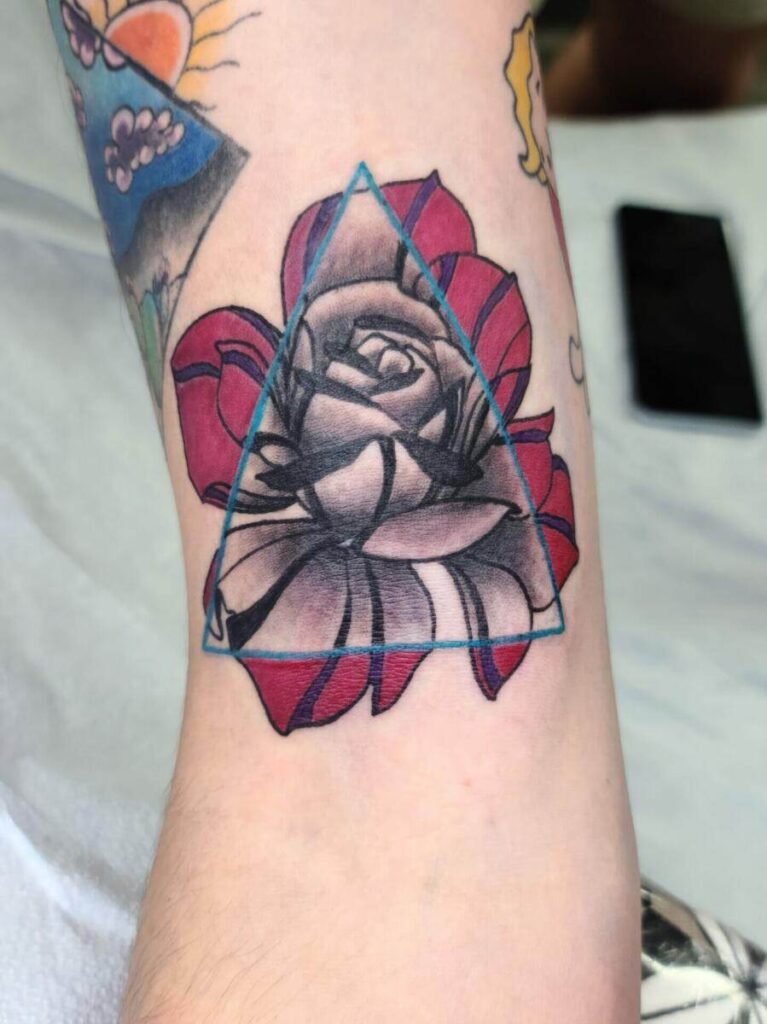
Having pondered your tattoo choices and style preferences, the next step in your journey is finding the right artist. The expertise of a tattoo artist can significantly influence the outcome of your body art, making this choice crucial.
Understanding Artist Expertise
Not all tattoo artists are created equal; their skills and techniques can vary dramatically. Here are some aspects to consider:
- Specialization: Some artists focus on realism while others excel in traditional designs. Look for someone whose body of work aligns with your preferred style.
- Experience: A seasoned artist typically brings a wealth of knowledge in techniques, ensuring that your tattoo is executed with precision.
Evaluating Portfolios
An artist’s portfolio is a window into their capabilities. When assessing potential artists, keep the following in mind:
- Diversity in Work: Look for a range of styles and techniques to see their versatility.
- Attention to Detail: Pay close attention to intricate designs, which can be particularly important for realism tattoos.
- Client Testimonials: Feedback from previous clients can provide insights into their experiences and satisfaction levels.
Taking time to research and review artist portfolios will help you make an informed decision, leading to a tattoo that you can truly cherish for a lifetime.
Cost Comparison
As you dive deeper into the tattoo journey, understanding the cost implications can be just as important as the design and artist selection. Different styles and complexities can lead to varying price ranges, so it’s good to be informed.
Factors Influencing Tattoo Costs
When evaluating the cost of tattoos, several factors come into play:
- Size of the Tattoo: Larger pieces naturally require more time and resources, leading to higher prices.
- Complexity and Detail: A realism tattoo with intricate details may command a higher fee compared to the straightforward designs of traditional tattoos.
- Artist’s Reputation: Experienced artists with a strong portfolio often charge more for their expertise.
General Price Ranges
- Realism Tattoos: Typically range from $150 to $300 per hour due to the meticulous work involved, with larger pieces potentially costing upwards of $1,000.
- Traditional Tattoos: Generally more budget-friendly, prices may start around $100 to $200 for smaller designs, with large, elaborate pieces averaging $500 to $800.
Being aware of these cost comparisons can help you set a realistic budget, ensuring you’re well-prepared for your tattoo adventure while still achieving the art you desire.
Aftercare Tips
After selecting your tattoo and artist, and enduring the needle, the final piece of the puzzle is ensuring proper aftercare. This phase is crucial for healing and maintaining the vibrancy of your new art.
Initial Aftercare Steps
Directly after your tattoo session, the artist will likely cover your new ink with a bandage. Here are some essential steps to follow:
- Keep it Covered: Leave the bandage on for the recommended duration, typically 2-4 hours, to protect the area from bacteria.
- Gentle Cleaning: When you remove the bandage, wash the tattoo with warm water and a mild, fragrance-free soap. Pat it dry with a clean towel.
Ongoing Care for Healing
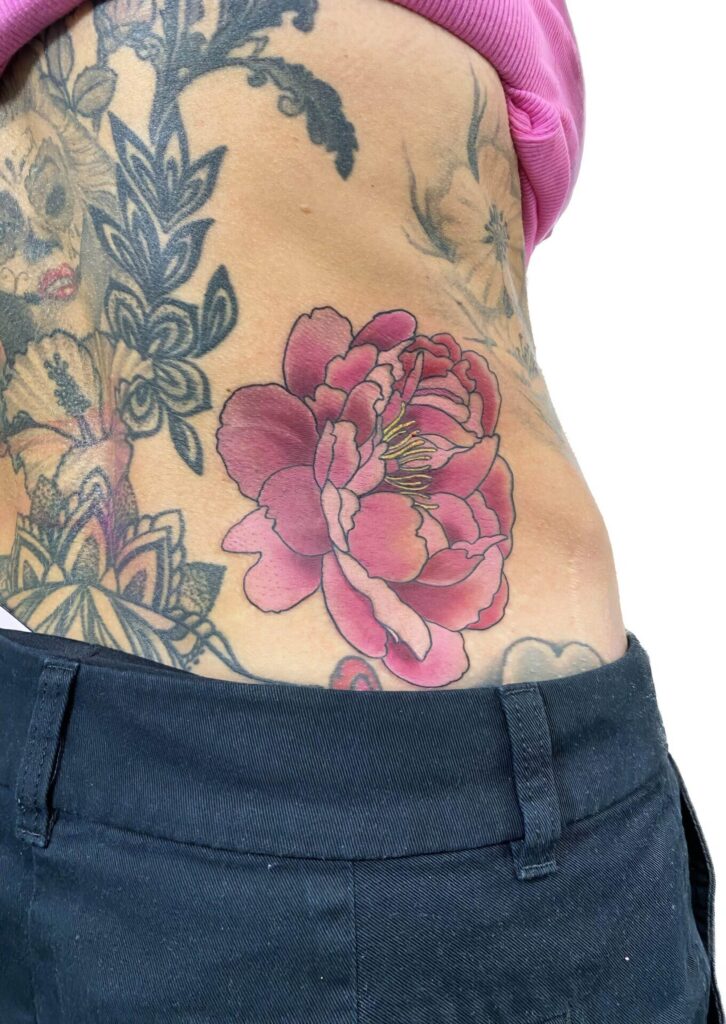
Once you’ve cleaned the area, commit to these ongoing care tips:
- Moisturize: Apply a thin layer of fragrance-free lotion or a specific tattoo aftercare ointment to keep the area hydrated.
- Avoid Sun Exposure: Keep the tattoo out of direct sunlight, to prevent fading during the healing process.
- No Picking: As it heals, your tattoo may peel or scab. Avoid picking at these areas to prevent scarring or distortion.
Following these aftercare tips will help ensure that your ink remains vibrant and well-defined, allowing you to appreciate your tattoo for years to come.
Conclusion
As we wrap up our exploration of tattoo styles, artists, and aftercare, it’s clear that choosing the right tattoo is a significant decision that requires thoughtfulness and introspection.
Reflecting on Your Journey
Every tattoo tells a story, and it’s essential to ensure that your chosen design reflects your unique identity and experiences. Whether you gravitate towards the lifelike details of realism or the bold statements of traditional art, make sure it resonates with you—after all, you’ll wear it for a lifetime!
Emphasizing Preparation
Remember, doing your homework pays off. From thoroughly researching artists and styles to understanding costs and aftercare, each step allows you to make an informed choice.
- Engage with Artists: Building rapport can help refine your vision.
- Prioritize Aftercare: Proper maintenance ensures your art remains beautiful for years.
Ultimately, your tattoo journey should be a rewarding experience—one that adds meaning and personal significance to your life story. Embrace the process and wear your art with pride!

